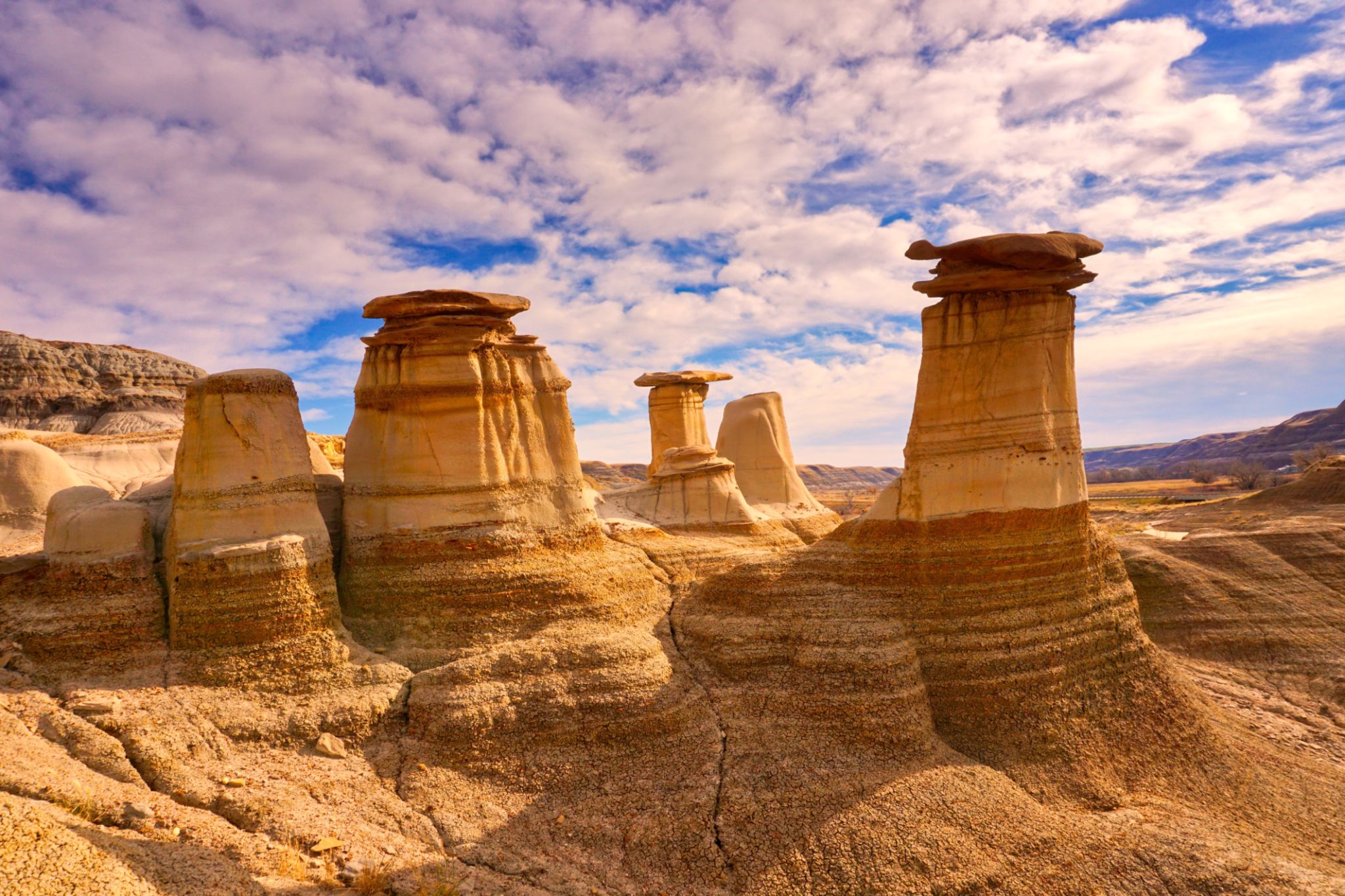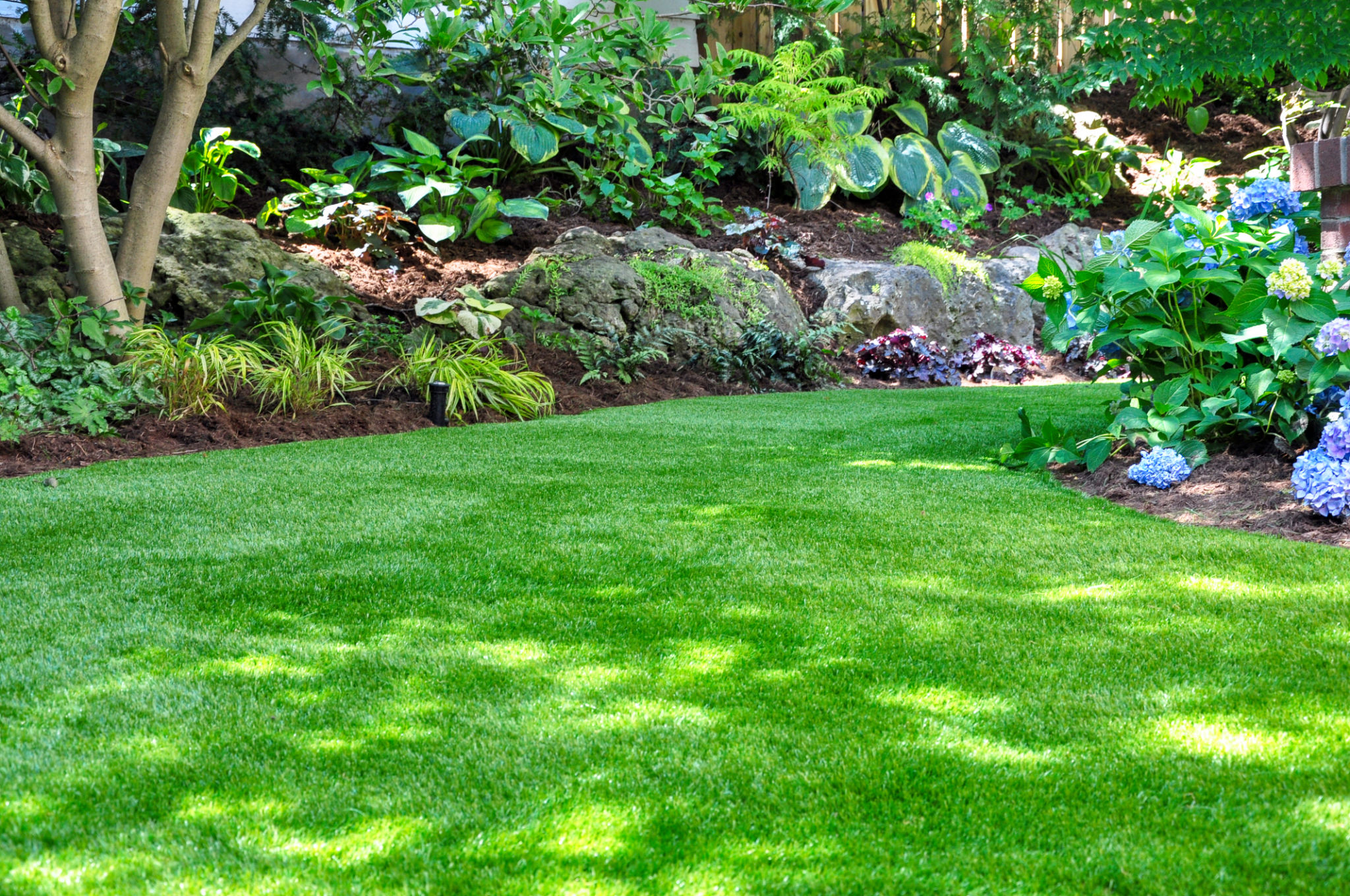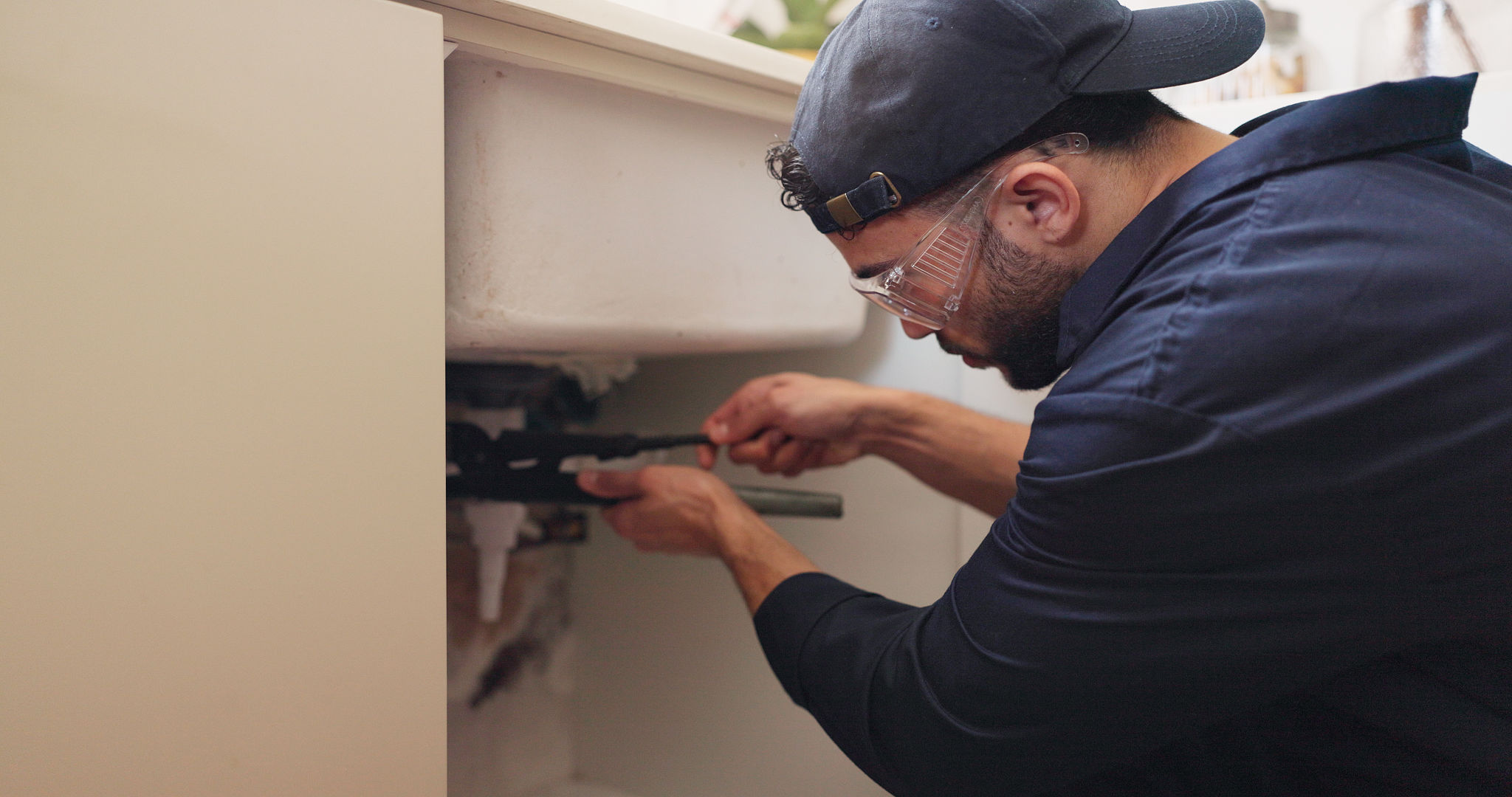A Step-by-Step Guide to Erosion Control for Residential Properties
RM
Understanding Erosion and Its Impact
Erosion is a natural process that can significantly affect residential properties, leading to soil loss and landscape degradation. It occurs when wind, water, or other natural forces wear away the topsoil, which can result in unsightly landscapes and even structural damage to your property. Addressing erosion issues not only enhances your property's aesthetic appeal but also preserves its value.

Identifying Erosion-Prone Areas
The first step in controlling erosion is identifying areas on your property that are most vulnerable. Look for signs such as exposed tree roots, gullies, or sediment accumulation in low-lying areas. Pay attention to slopes and areas with poor vegetation, as these are often more susceptible to erosion. Understanding these risk zones will help you tailor your erosion control measures effectively.
Implementing Vegetative Solutions
Planting vegetation is one of the most effective ways to combat erosion. The roots of plants help hold the soil in place and reduce runoff. Consider using native plants that are well-suited to your climate and soil type. Ground covers, shrubs, and trees can all serve as excellent options. Additionally, creating a landscaped garden can enhance the beauty of your property while supporting soil stability.

Structural Solutions for Erosion Control
In addition to vegetation, structural solutions can provide further stabilization. Installing retaining walls can help manage steep slopes by holding back soil and reducing runoff velocity. You might also consider building terraces, which create flat areas on slopes to slow water flow and encourage infiltration. These features can be both functional and aesthetically pleasing when designed thoughtfully.
Using Mulch and Erosion Control Blankets
Mulch is a simple yet effective tool in erosion control. It helps retain moisture in the soil, reduces surface runoff, and adds organic matter as it decomposes. Spread a layer of mulch around plants and on bare soil areas to prevent erosion. Alternatively, erosion control blankets made from biodegradable materials can be laid down on bare slopes to protect against wind and water erosion while promoting seed germination.

Maintaining Drainage Systems
Proper drainage is crucial in managing erosion effectively. Ensure that your property's drainage systems, such as gutters and downspouts, direct water away from vulnerable areas. Consider installing French drains or swales to manage water flow better. Regular maintenance of these systems is essential to prevent blockages and ensure they function correctly.
Regular Monitoring and Maintenance
Erosion control is not a one-time effort but requires ongoing attention. Regularly inspect your property for signs of erosion and adjust your strategies as needed. This might involve replanting vegetation, adding more mulch, or repairing structural elements like retaining walls. By staying proactive, you can ensure long-term protection for your property.

By understanding the causes of erosion and implementing a combination of vegetative and structural solutions, you can effectively protect your residential property from its damaging effects. These efforts not only safeguard your landscape but also enhance the overall health and sustainability of your environment.